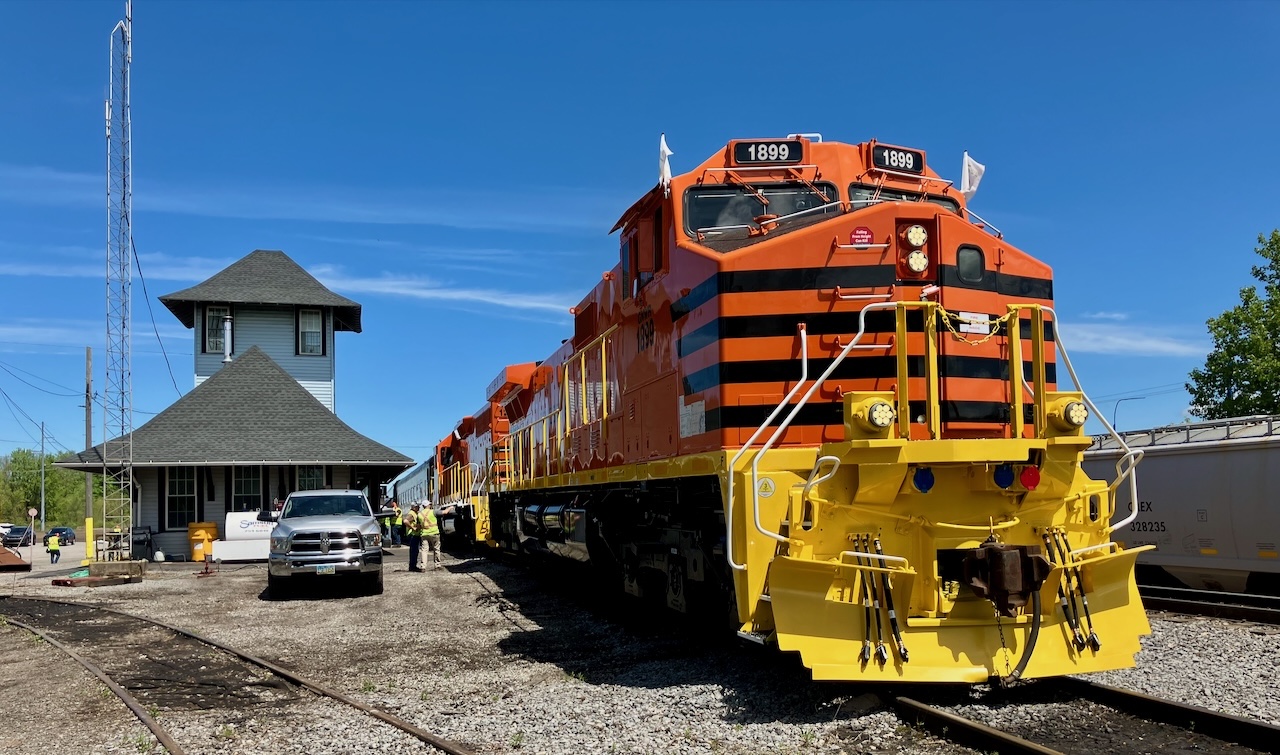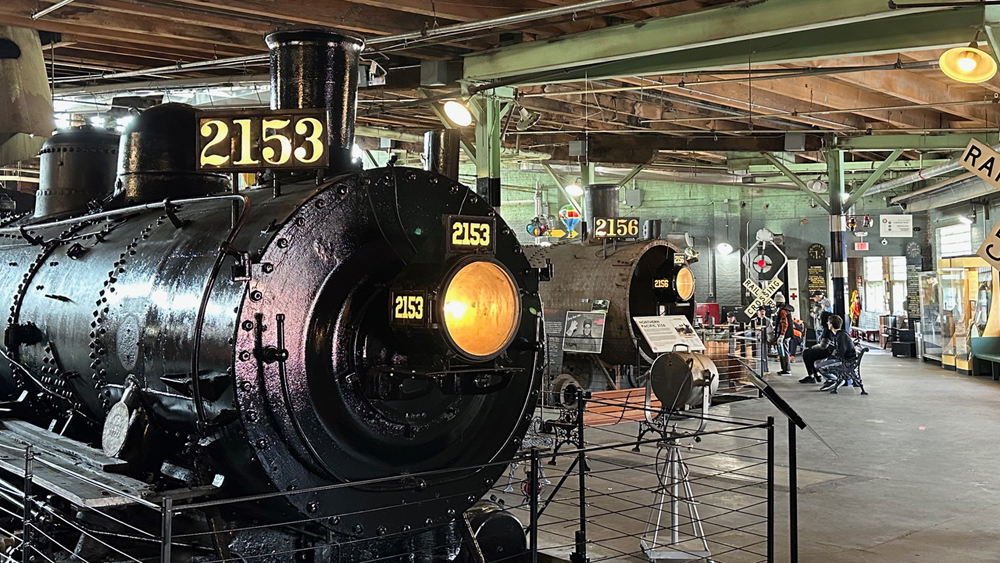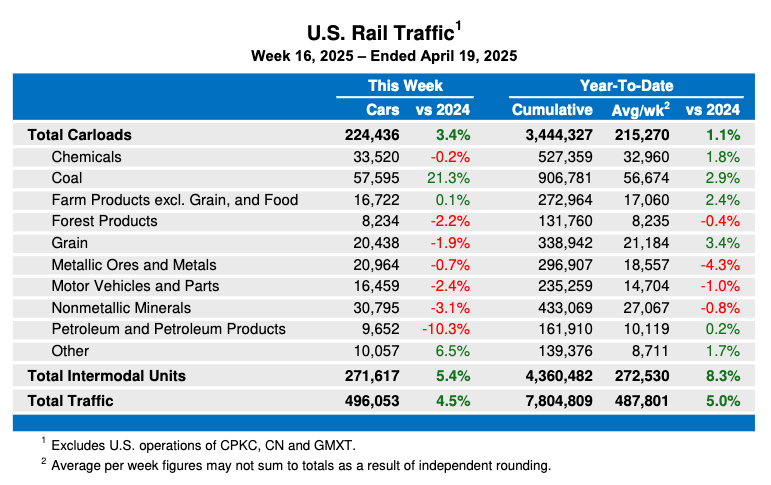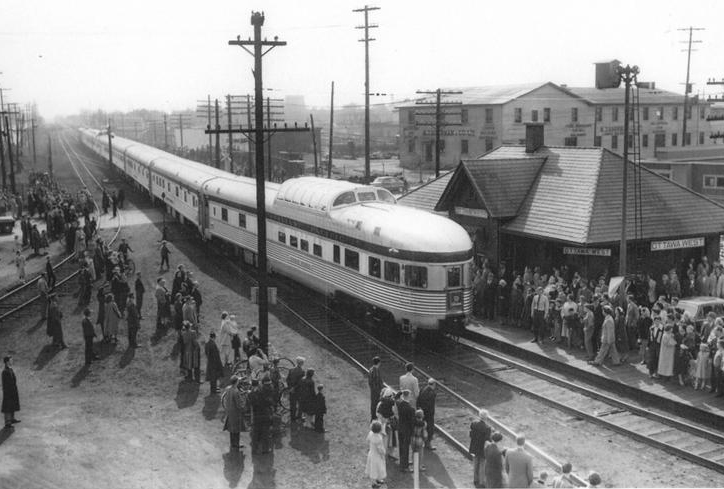
NEW YORK — The largest operator of shortline railroads has a clear message about the future of the industry.
“It’s time to get off our asses,” declared Michael Miller, chief executive of Genesee & Wyoming, at the annual RailTrends conference last week.
While G&W is celebrating its 125th anniversary, Miller said in a presentation to executives, suppliers and investors, “[W]hat got us here won’t get us there,” meaning a profitable future. He warned railroads must commit to their core principles while embracing technology that’s reshaping transportation.
Short line and regional railroads are considered the scrappy, hustling entrepreneurs of railroading. Their networks range in scope from a few to hundreds of miles of track handling dozens to tens of thousands of carloads annually. Short lines account for the “first-mile, final-mile” car movements that the Class I linehaul railroads depend on for carload traffic but have winnowed from their operating models.
A shortline operator with the corporate profile of a Class I, Genesee & Wyoming began its North American operations in 1899 serving a single customer over 14 miles of track in western New York state. Today, the company operates 110 railroads with 4,000 employees, running over 13,000 track-miles serving more than 2,500 customers with volume of 1.5 million diversified carloads per year in the United States, Canada and Mexico.
But all that history doesn’t count for much, said Miller, if an organization isn’t able to adapt and change.
He showed the results of a survey presented earlier this year by consultant Accenture at the World Economic Forum in Davos, Switzerland, that found around 23% of organizations are reinventing themselves every year or less — the fastest rate of change ever recorded. Moreover, the study found only 34% of change initiatives are considered successful.
Those are sobering statistics for a hidebound industry as tied to its history as railroading.
“Technology is the most significant source of change and disruption, and key to structural change,” Miller said, quoting the study, adding that in the next decade companies that succeed will be the ones that embrace a strategy of continuously reinventing every part of their business with technology.
Miller held up Uber as a paradigm of the evolving technology company.
From 2018-2021, the ride-hailing provider posted billions in losses before turning a profit in 2022. In that time, Miller said, Uber expanded the business to include delivery of food, groceries and parcels, and started brokerage Uber Freight, all at the touch of a mobile app. Uber provides a staggering 28 million rides per day, backed by 10 million peak pricing predictions per second, with 20,000 AI models trained per month. The result: Adjusted operating profit soared to $6 billion in those five years.
Miller warned Uber has far grander ambitions that should get the attention of railroads that talk a good growth game but return uneven results. He quoted Uber Chief Executive Dara Khosrowshahi, who said, “If it moves, and it carries people and things, we’re going to wire it up and make it available on demand.”
(Concurrently, Bloomberg this week reported that the incoming Trump administration is seeking to ease rules for self-driving vehicles. That could accelerate the deployment of autonomous trucks and put even more pressure on railroads to compete for freight.)
Embracing change to accelerate application is the principle “that will propel [G&W] into the next 125 years,” Miller said.
At the same time, Miller told the conference that short lines and their Class I partners should embrace their fundamental characteristics that enable them to interconnect so well in the rail ecosystem.
The best fit for short lines, he said, is “white glove” service for customers and removal of higher-cost activities, such as switching, to help Class I margins. The best fit for Class I railroads are economies of scale with high-volume, terminal-to-terminal freight flows with operating plans that balance and optimize network, assets, and cost structure.
This was illustrated in October, when the Surface Transportation Board approved the acquisition by CSX and CPKC of G&W’s Meridian & Bigbee Railroad. The deal created a line-haul through route from the Southeast to Texas and Mexico; MNBR will continue to provide local service on a portion of the route.
The must-do takeaways going forward for G&W and the rail industry, according to Miller:
- Maintain timeless principles of being the safest and most respected transportation service provider in the world.
- Do more than provide safe and reliable service — “that’s table stakes today.”
- Tailor service in the form of a partnership, not a transaction (customers not shippers).
- Have the courage to embrace change, but more importantly the will to enact change at a much faster pace.
- Focus more on [railroading’s] ecosystem creating more value for all participants, so the ecosystem grows, thrives and becomes more resilient.
— This article originally appeared at FreightWaves.com.














”
He showed the results of a survey presented earlier this year by consultant Accenture at the World Economic Forum in Davos, Switzerland, that found around 23% of organizations are reinventing themselves every year or less — the fastest rate of change ever recorded. Moreover, the study found only 34% of change initiatives are considered successful.
”
The only way this is true is if the bar for “reinvention” is so low, it’s meaningless.
I am sorry, over the years the words of reinvention and rate of change is closely associated with the reduction of human capital. This is probably why 34% of all change initiatives fail, because they layoff or fire all the people who knew what to do.
You end up with a company full of leaders who are all about transformation, but no one is left that knows how to execute.
How about this formula: Quality, Value, Service!
I shared the reference to UberFreight with some of my shipping friends. They were pretty excited about the concept, they just want to see how it works in reality.
They worried that it was going to be a bunch of guys in used Ford F-150’s with a PowerStroke diesel and standard bed offering cross country deliveries.
G&W is awful. They have the Wall Street cut-and-streamline mentality of Class Is (and they ought to be recognized as one themselves). One need only look to the largest privately owned Class II (Reading and Northern) to see proof that railroading as it was is not only still alive, but can be revived. The RBMN has brought customers BACK to the railroad. How much of that has G&W done?
The most recent issue of TAINS had a major article about G and W. They seem to be drawing a whole lot of business to their railroads.
What I find unique to the G&W is all of their holdings run separate books. Only administration is shared. Makes them really easy to sell, but it also confirms their local profits. No burying costs or losses in some mega corporate account, its all there to see.
Very nice presentation about a lot of nothing. I believe the expression is “word salad”.
First and foremost, always remember this is a SERVICE business. Technology can only accomplish so much. As I wrote in TRAINS Magazine about 20 years ago when Matt was still editor, “It’s the service stupid”.